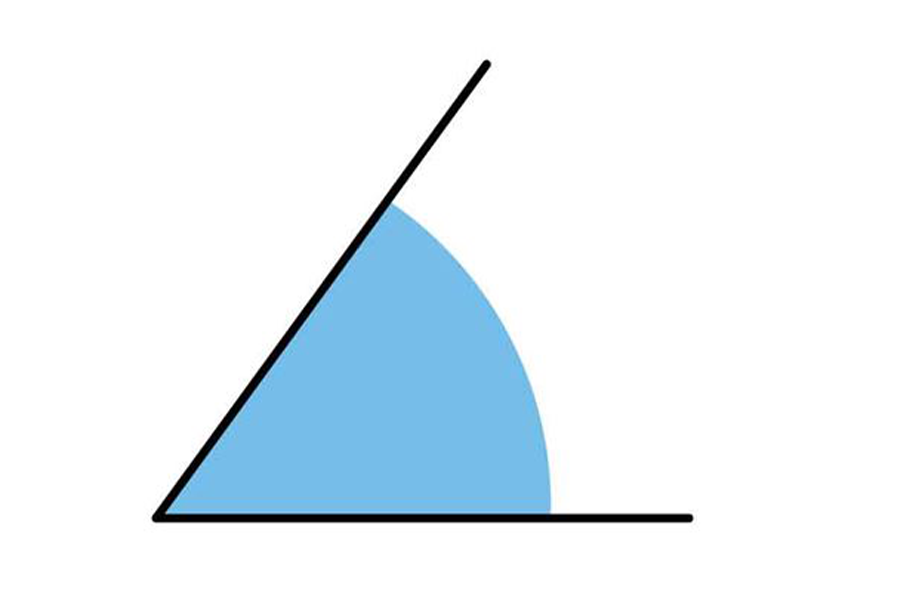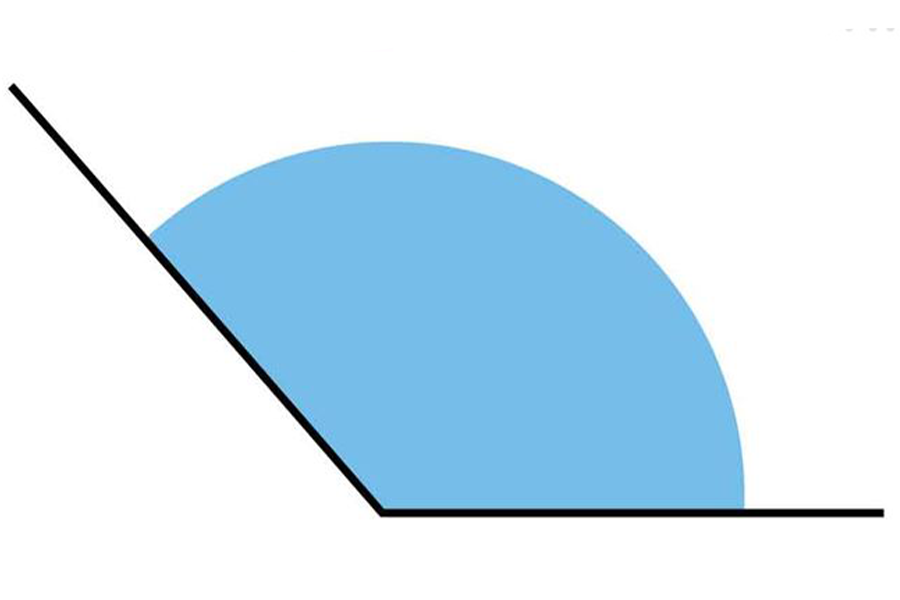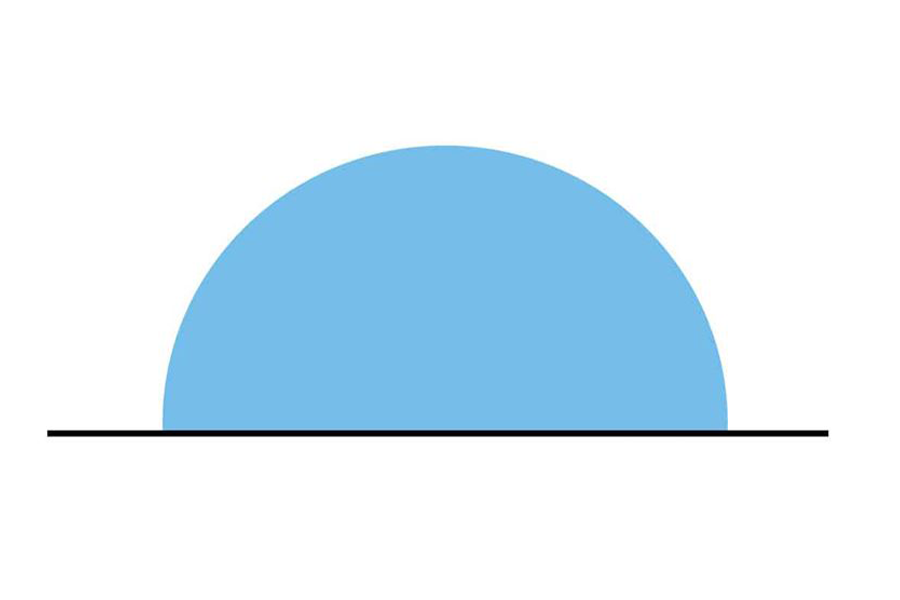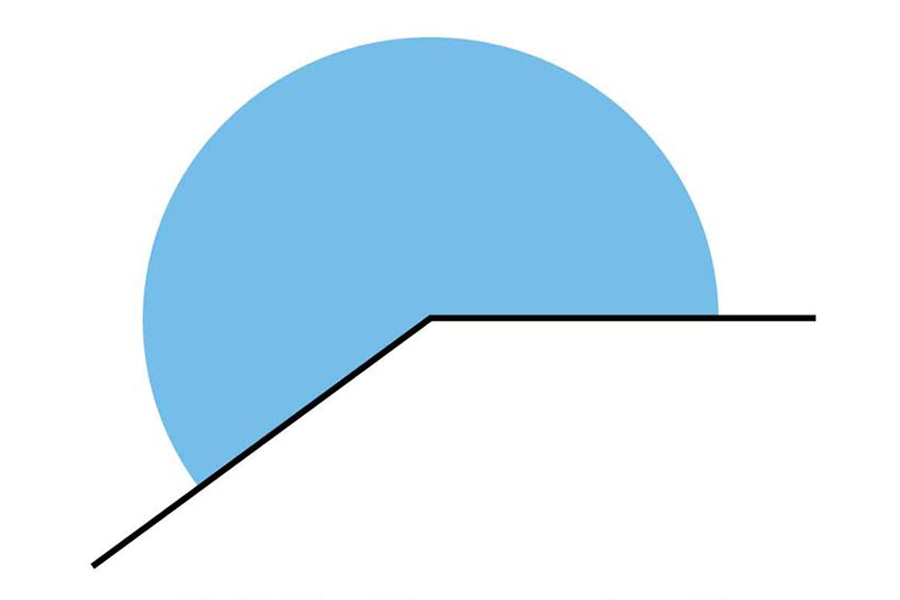Types of Angles
Imagine you’re looking at different objects, and you notice their corners—some are sharp, some are wide, and some are perfectly straight. The different “shapes” these corners form are called angles. In this lesson, we’ll explore six types of angles: acute, right, obtuse, straight, reflex, and full angle. Understanding these angles is essential in geometry and everyday life!
Contents
Introduction to Angles
An angle is formed when two rays share a common endpoint, called the vertex. Angles are measured in degrees, and they can be classified into different types based on their degree measure.
In this lesson, we’ll learn about six basic types of angles:
- Acute Angle
- Right Angle
- Obtuse Angle
- Straight Angle
- Reflex Angle
- Full Angle
Each of these angles has its own unique properties and uses. Let’s take a closer look at each one.
Types of Angles
Acute Angle
An acute angle is any angle that measures less than 90°. These angles are sharp and narrow. For example, the corner of a small slice of pizza is an acute angle.

Reminder: Acute angles are always smaller than a right angle.
Right Angle
A right angle is exactly 90°. Right angles are common in everyday objects, like the corners of a square or a book. You can often spot a right angle because it is usually marked with a small square at the vertex.

Note: A right angle divides a plane into two equal parts.
Obtuse Angle
An obtuse angle measures more than 90° but less than 180°. These angles are wider and appear to be stretched out. For example, the angle of a partially opened door is an obtuse angle.

Reminder: Obtuse angles are always larger than a right angle but smaller than a straight angle.
Straight Angle
A straight angle measures exactly 180°. It forms a straight line. Imagine the angle formed by a flat surface, like the horizon or the edge of a perfectly straight ruler.

Note: A straight angle forms a straight line, but it is not the “largest” possible angle.
Reflex Angle
A reflex angle is any angle that measures greater than 180° but less than 360°. Reflex angles are the “larger” angles you might see when a line goes around the vertex more than once. For example, a clock hand pointing at 10:00 would form a reflex angle when measured from 12:00.

Reminder: Reflex angles are the opposite of acute, right, and obtuse angles, measuring more than 180° but less than a full circle.
Full Angle
A full angle measures exactly 360°. This angle forms a complete circle, like a full rotation of a wheel. A full angle is also called a revolution.

Note: A full angle completes a full turn, representing the whole circular motion.
Quiz: Types of Angles
Key Takeaways
- Acute angles are less than 90° and sharp.
- Right angles are exactly 90° and form a perfect square corner.
- Obtuse angles are larger than 90° but smaller than 180°.
- Straight angles are exactly 180° and form a straight line.
- Reflex angles are larger than 180° but smaller than 360°.
- Full angles are exactly 360° and represent a complete rotation.
Angles are essential in geometry and are used to understand shapes, structures, and movements in both math and real life.
Credits
- Images: BYJUS: Types of Angles